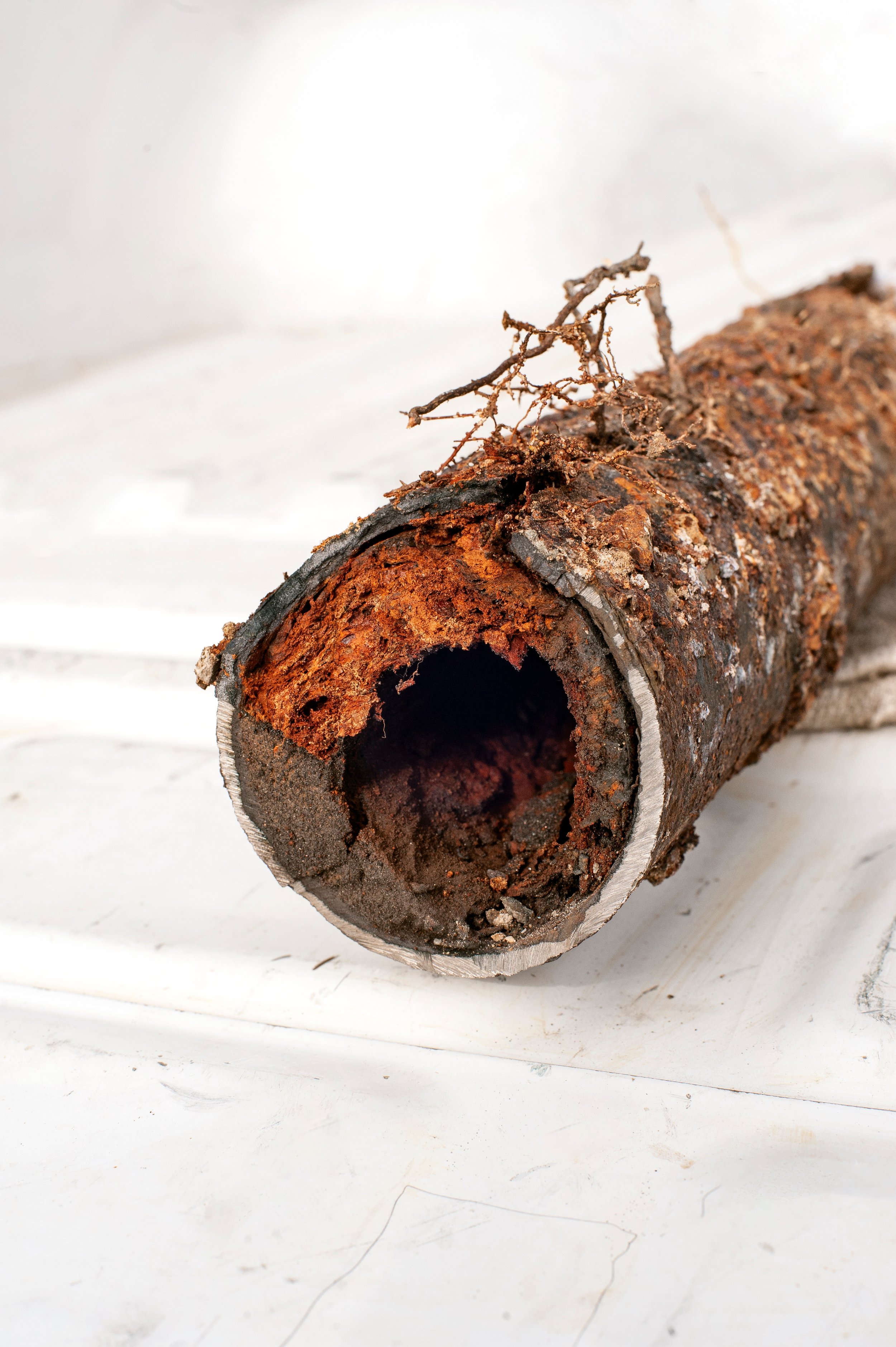Should I Replace Galvanized Plumbing? Unveiling the Truth Behind Aging Pipes
Ah, the aging pipes conundrum – a predicament that many homeowners face. If you find yourself pondering whether to replace your galvanized plumbing, fear not, for we're here to shed light on this common dilemma. In this article, we will explore the ins and outs of galvanized plumbing, its potential pitfalls, and whether it's time to bid farewell to these aging pipes. So, grab a cup of tea, settle in, and let's embark on this plumbing adventure together.
The Rise and Fall of Galvanized Plumbing
Galvanized plumbing, once a popular choice due to its durability and resistance to corrosion, has seen its fair share of aging. These pipes are made of steel coated with a layer of zinc, providing protection against rust and extending their lifespan. However, as time passes, the zinc coating deteriorates, leaving the pipes vulnerable to corrosion, leaks, and other plumbing nightmares.
The Telltale Signs of Galvanized Plumbing Trouble
Recognizing the signs of deteriorating galvanized pipes is crucial in determining whether replacement is necessary. Look out for these red flags:
Discolored Water
If your tap water takes on a brownish or yellowish hue, it could indicate rust and sediment buildup within the galvanized pipes. This can affect both the water quality and the performance of your plumbing system.
Reduced Water Pressure
Galvanized pipes are prone to internal corrosion, which can restrict the flow of water, leading to decreased water pressure in your fixtures. If you've noticed a significant drop in water pressure, it may be time to investigate the condition of your plumbing.
Frequent Leaks
Aging galvanized pipes are more susceptible to leaks and bursts. If you find yourself dealing with frequent leaks, it's a clear indication that your plumbing system is in need of attention.
The Case for Replacement
While galvanized pipes may have served you well in the past, it's important to consider the long-term implications of keeping them in place. Here are a few reasons why replacing galvanized plumbing, also referred to as repiping, may be the best course of action:
1. Improved Water Quality
By replacing galvanized pipes, you can enjoy cleaner, fresher water without the presence of rust or sediment. This not only enhances your daily life but also contributes to better overall health and well-being.
2. Enhanced Plumbing Performance
Newer plumbing materials, such as copper or PEX, offer improved durability and resistance to corrosion. By upgrading to these modern alternatives, you can restore optimal water pressure and ensure the longevity of your plumbing system.
3. Preventing Costly Repairs
While replacing galvanized plumbing may require an initial investment, it can save you from the potential expenses of repairing leaks, water damage, and other plumbing issues that aging pipes may cause. Consider it an investment in the future well-being of your home.
Consulting the Experts
When it comes to making the final decision, it's always wise to consult with a professional repiping plumber. An experienced repipe expert can assess the condition of your galvanized pipes, provide expert advice, and guide you through the process of replacing them. They will consider factors such as the age of your plumbing system, the extent of corrosion, and your budget to help you make an informed choice.
In the end, the decision to replace galvanized plumbing—repipe, rests in your hands. By recognizing the signs of aging pipes, considering the long-term benefits of replacement, and seeking guidance from professional repipe plumbers, you can make an informed choice that ensures the integrity and efficiency of your plumbing system. Remember, your home and your family deserve the best, and sometimes bidding farewell to aging pipes is the first step towards a brighter plumbing future.

